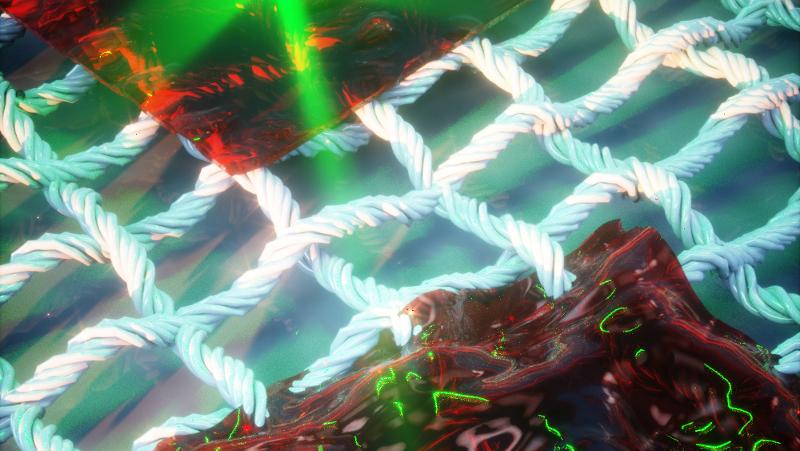Developing synthetic materials that are as dynamic as those found in nature, with reversibly changing properties and which could be used in manufacturing, recycling and other applications, is a strong focus for scientists.
In a world-first, researchers from QUT, Belgium’s Ghent University (UGent) and Germany’s Karlsruhe Institute of Technology (KIT) have pioneered a novel, dynamic, reprogrammable material – by using green LED light and, remarkably, darkness as the switches to change the material’s polymer structure, and using only two inexpensive chemical compounds.
One of these compounds, naphthalene, is well known as an ingredient in moth repellents. The new dynamic material could potentially be used as a 3D printing ink to print temporary, easy-to-remove support scaffolds. This would overcome one of the current limitations of the 3D process to print free-hanging structures. The research is part of an ongoing international collaboration between QUT macromolecular chemist and Australian Research Council Laureate […]
Case Study: How PepsiCo achieved 96% cost savings on tooling with 3D Printing Technology
Above: PepsiCo food, snack, and beverage product line-up/Source: PepsiCo PepsiCo turned to tooling with 3D printing...





0 Comments